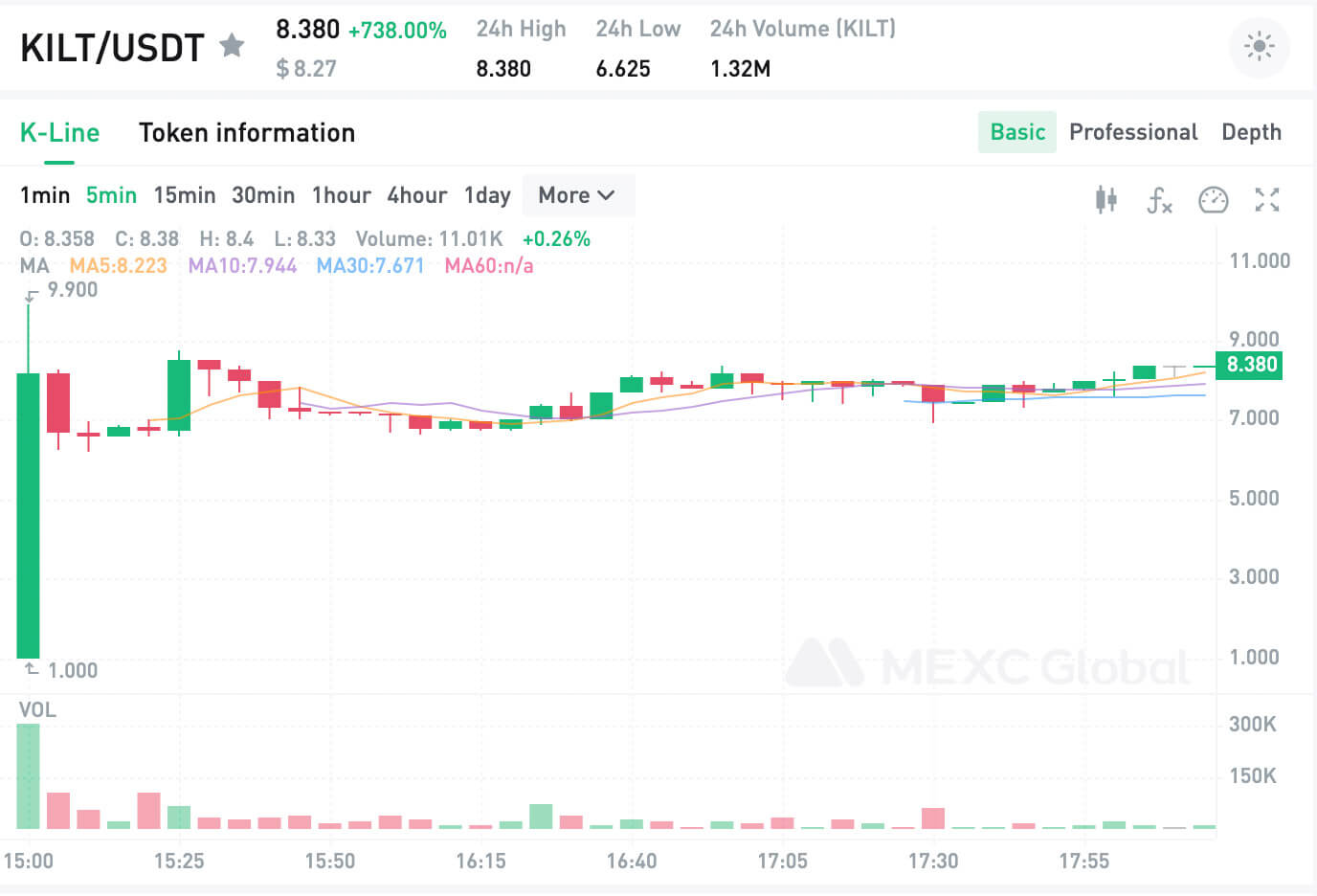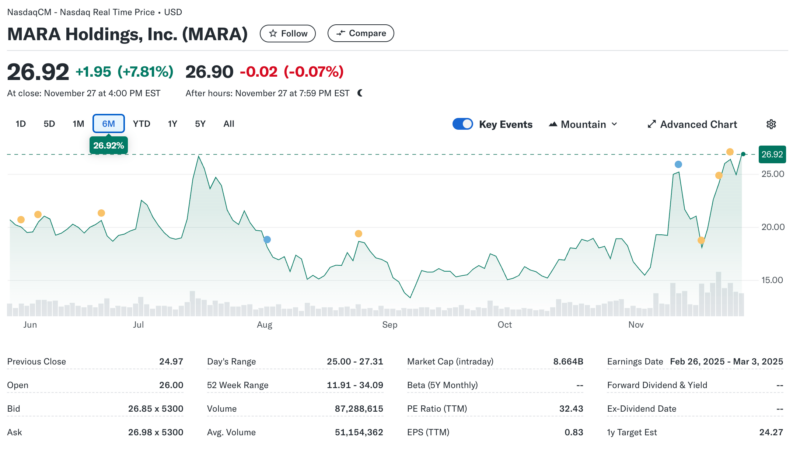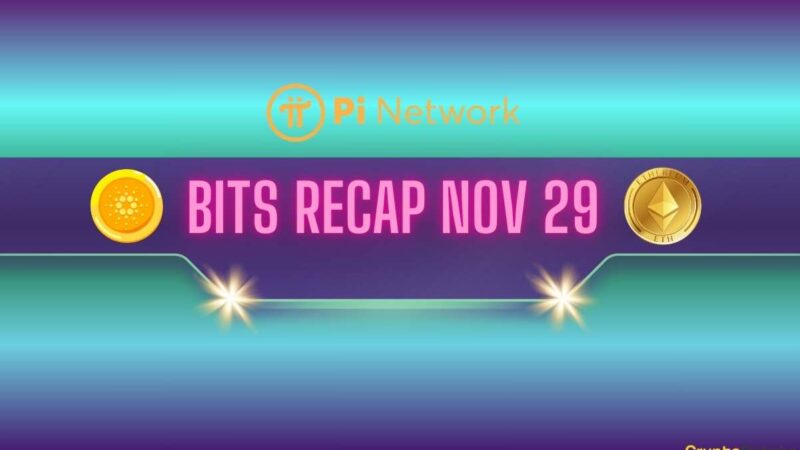Kusama parachain KILT hits the market aiming to fulfil the need for a decentralized identity solution
Earlier this week, KILT Protocol delivered its native KILT tokens to users that supported the protocol’s crowdloan on Kusama.
Parallel to its token transferability event, KILT also launched two new additions for storing and staking KILT—the Sporran wallet and the Stakeboard staking application.
KILT and its decentralized identity solution
KILT is an open-source blockchain protocol for issuing decentralized identifiers and verifiable credentials—and it wants to become the go-to identity solution for Web 3.0.
The protocol debuted its flagship product, SocialKYC, in May this year and announced plans to launch it as a parachain on Polkadot. Designed as a decentralized alternative to current KYC processes, SocialKYC verifies user identities through their social accounts, email address, or phone number—and then forgets about it.
As soon as the credential is issued, SocialKYC forgets both about it and the user and doesn’t store, silo, or share any personal data.
These fundamentals enable a myriad of use cases for SocialKYC, which is something the public seems to have recognized. In September, KILT won the 6th Kusama parachain auction, locking up over 220,000 KSM in the crowdloan. At the beginning of November, KILT transitioned to a fully decentralized network as the BOTLabs handed over all of the decision-making to the community.
And now, the protocol has finally distributed the rewards to its crowdloan supporters, launching a token transferability event (TTE) at the beginning of the week. Users that locked up their KSM tokens to support the protocol in the parachain auction received a proportional amount of KILT tokens, for a total of 4.5 million KILT.
BREAKING: @Kiltprotocol's tokenomics:
– Total supply at TGE: 150 million KILT Coins
– Initial circulating supply: 32.5 million
– Crowdloan: 4.5 million reserved for participants
– Initial inflation approx. 5% dropping to 1% in first 6 years
– One KILT network, one KILT Coin https://t.co/7Dkobd1MFV pic.twitter.com/FnmIMtWaeF— Christine Mohan – KILT is Hiring! (@christinemohan) August 11, 2021
As part of the much-awaited TTE, KILT also introduced two new products—Stakeboard and Sporran.
TTE IS TODAY!
Today is KILT's Token Transferability Event. KILT Coins were delivered to crowdloan supporters who can now store them in their Sporran wallet and stake on Stakeboard.
Full blogpost here: https://t.co/6R77idLzWt
— KILT Protocol – We're Hiring! (@Kiltprotocol) November 22, 2021
Sporran is a wallet designed to hold KILT tokens. Designed as a browser extension, Sporran provides users with a way to sign and submit KILT blockchain transactions. Next month, users will also be able to use the wallet to store their credentials and create a digital identity.
Acting as an extension of the wallet’s functionality is Stakeboard, a web application that allows users to interact directly with the KILT blockchain and stake their tokens.
The public bets big bucks on KILT
In the weeks leading up to its crowdloan, KILT enjoyed a popularity that could easily be measured with that Acala saw ahead of its parachain auction. Its ambitious proposition to give users back control of their digital identities seems to have resonated with the market, which poured tens of millions of dollars worth of KSM into its crowdloan.
And while it’s still hard to say how KILT will perform when it hits one of the larger exchanges, its recent listing on MEXC Global showed that there’s quite an appetite for the token.

If the protocol’s popularity in the Kusama and Polkadot ecosystem is to judge, KILT could see its price rise even further if it realizes its plans on transitioning to a Polkadot parachain.
The post Kusama parachain KILT hits the market aiming to fulfil the need for a decentralized identity solution appeared first on CryptoSlate.



